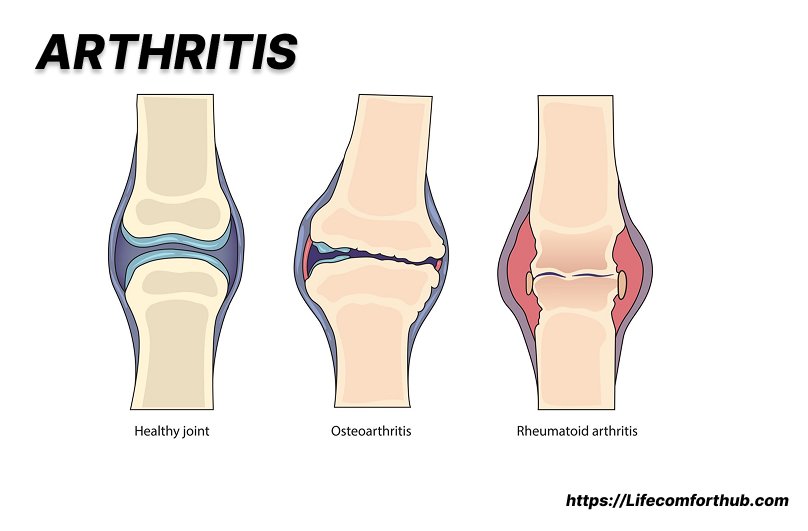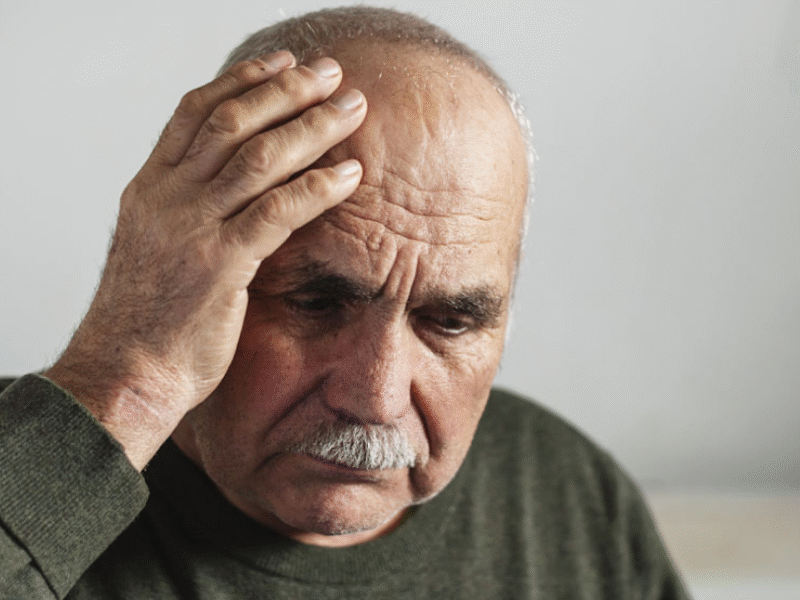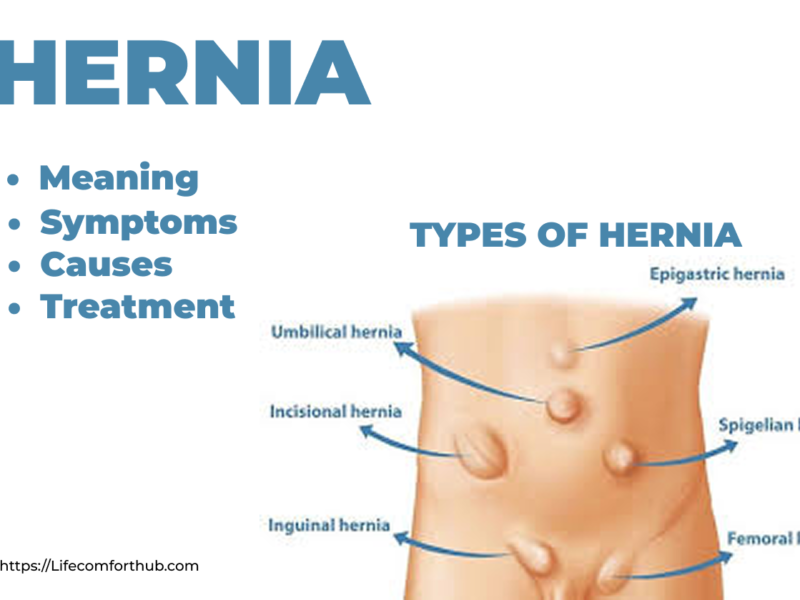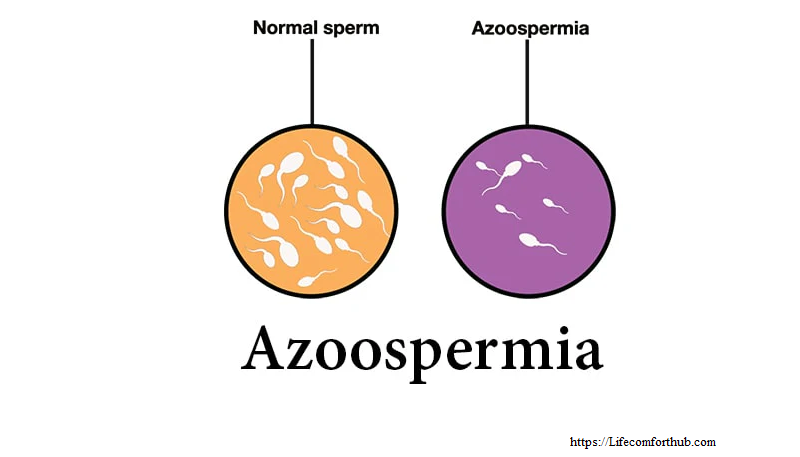Overview
Arthritis is a common health condition that affects millions of people worldwide. It causes joint pain, swelling, and stiffness, making everyday activities challenging. Despite its prevalence, many people don’t fully understand what arthritis is, what causes it, and how it can be managed.
Contents
Introduction to Arthritis | Symptoms of Arthritis | Causes of Arthritis | Diagnosis of Arthritis | Treatment of Arthritis | Prevention of Arthritis
Introduction to Arthritis
What is Arthritis?
Arthritis isn’t just one disease, it’s a word used for a group of over 100 conditions that affect your joints. Joints are where two or more bones meet, like in your knees, hips, wrists, or fingers. When you have arthritis, those joints can become swollen, stiff, and painful, making it harder to move around and do everyday things.
Some types of arthritis happen as you get older because joints naturally wear down over time. That’s pretty common. Other types can develop after injuries or because of certain health problems. There are even kinds of ATH that happen when your immune system mistakenly attacks your joints … rheumatoid arthritis is a good example of that. Osteoarthritis, the most common kind, happens when the cartilage that cushions your joints starts to break down.
Please Note: Although Arthritis has no specific Abbreviation, i will be using ATH as the abbreviation in this article…. IT IS NOT OFFICIAL.
Does Arthritis Affect only old people ?
Infections, a buildup of uric acid (which causes gout), or conditions like psoriasis or lupus can also lead to arthritis. It doesn’t just affect older adults either, people of all ages, even kids, can get it.
Symptoms usually include joint pain, stiffness, swelling, and sometimes a feeling of warmth around the joint. These problems can come on slowly or suddenly, and for some people, they can get bad enough to interfere with daily life.
Managing arthritis looks different depending on the type, but the main goals are always the same: ease the pain, protect the joints, and help you keep moving. Treatments might include medication, physical therapy, lifestyle changes, and in more serious cases, surgery to replace a damaged joint.
If you’re feeling ongoing joint pain or stiffness that’s affecting your routine, it’s important to talk to a healthcare provider. The sooner you get help, the better you can manage the symptoms and protect your joints.
Types of Arthritis
What are the Different Types of Arthritis ?
When people hear “arthritis,” they often think it’s just one disease. Actually, there are many different of arthritis, and they don’t all work the same way. They all have one thing in common, though, which is that they affect your joints, causing pain, swelling, and stiffness.
Here’s a breakdown of some of the most common types:
-
Osteoarthritis: This is the “wear and tear” arthritis. It happens when the smooth cartilage that cushions your joints starts to break down over time. Without that cushion, bones can rub together, leading to pain, swelling, and stiffness. Osteoarthritis is the most common type and usually shows up as we get older, but it can also happen earlier after an injury.
-
Rheumatoid arthritis: This one is different because it’s an autoimmune disease, which means that your immune system mistakenly attacks your own joints. It usually starts in smaller joints like your fingers and toes, causing painful swelling that can eventually damage the joint itself.
-
Gout: Gout happens when there’s too much uric acid in your blood. The extra uric acid can form sharp crystals that settle in your joints which usually starts off in the big toe and cause sudden, intense pain and swelling.
-
Ankylosing spondylitis: This is a long-term type of arthritis that mainly affects your spine, especially where your spine connects to your pelvis. Over time, it can cause sections of the spine to fuse together, making it less flexible.
-
Psoriatic arthritis: People with psoriasis, which is a skin condition can also develop this type of ATH . It causes joint pain, stiffness, and swelling, and sometimes comes with nail changes or inflammation in the eyes.
-
Juvenile arthritis: Arthritis isn’t just an adult problem. Kids and teens can develop it too. Juvenile idiopathic arthritis (JIA) is the most common type in children under 16, and it can cause long-term joint damage if not treated.
Are there more types ?
Of course there are more different types of arthritis to know about:
-
Inflammatory arthritis: This is when the body’s own immune system causes harmful inflammation in the joints without any real injury or infection. Rheumatoid arthritis and psoriatic arthritis fall into this group.
-
Degenerative arthritis: Mainly osteoarthritis, this type happens when the cartilage in your joints wears away over time, leading to bone changes and joint damage.
-
Connective tissue diseases (CTD): Some conditions, like lupus and scleroderma, can cause ATH by attacking not just the joints, but also the skin, muscles, and other organs.
-
Infectious arthritis: Sometimes bacteria, viruses, or fungi can infect a joint directly, causing septic arthritis. It’s serious and needs quick treatment to prevent permanent damage.
-
Metabolic arthritis: Gout is a good example here, where a problem with the way your body handles substances like uric acid leads to crystal build-up in the joints.
Symptoms of Arthritis
Arthritis shows up in a lot of ways, but most of the time, the first thing people notice is joint pain. From there, other symptoms can creep in depending on the type of arthritis you have and which joints are affected.
Here are the most common signs:
-
Pain in one or more joints.
-
Stiffness, especially in the morning or after sitting still for a while.
-
Swelling around the joint.
-
Redness and warmth over the joint.
-
Reduced range of motion: it feels harder to move like you usually would.
-
Tenderness when you touch the area.
-
In some cases, muscle weakness and even muscle wasting around the affected joint.
Symptoms can come and go for some people. these ups and downs are called flares or flare-ups. For others, the discomfort might be more constant, and you may notice it more after physical activity.
And ATH isn’t just about the joints. Certain types can cause symptoms elsewhere too, like eye problems, fevers, or just feeling drained and fatigued all the time.
Arthritis in Children
It’s easy to think ATH is only an adult issue, but kids can get it too. The most common type in kids is called juvenile idiopathic arthritis (JIA). Symptoms in kids often include:
-
Joint pain, swelling, and stiffness lasting at least six weeks.
-
Fever, rash, tiredness, and sometimes swollen glands.
-
Eye problems, which is why regular checkups with an eye doctor are recommended.
There are different types of JIA:
-
Oligoarticular JIA: Affects up to four joints (often knees, ankles, or wrists) and sometimes the eyes.
-
Polyarticular JIA: Affects five or more joints and can make kids feel generally unwell, sometimes causing a fever.
-
Systemic onset JIA: Starts with fever, rash, and tiredness before joint symptoms show up.
-
Enthesis’s-related arthritis: Causes pain and stiffness in the legs, spine, and where tendons attach to bone and can also affect the eyes.
Even though juvenile arthritis can be tough, many kids see their symptoms improve as they grow older.
Causes of Arthritis
The causes of ATH varies most times. It really depends on the type you have. Here’s a simple breakdown:
-
Osteoarthritis usually happens over time. After years of using your joints, the cartilage (the slick tissue that cushions where your bones meet) starts to wear down. This natural “wear and tear” gets worse with age or can be sped up by joint injuries or infections.
-
Rheumatoid arthritis works differently. It’s an autoimmune condition, meaning your immune system mistakenly attacks the lining of your joints, causing swelling, pain, and eventually joint damage.
-
Gout develops when your body has too much uric acid. That extra acid forms sharp crystals in the joints, causing sudden, severe pain, which often starting in the big toe.
-
Infectious arthritis can happen when a virus, bacteria, or fungus infects a joint. Even infections like COVID-19 have been linked to triggering arthritis in some people.
-
Sometimes ATH shows up without a clear cause. When doctors can’t pinpoint why it happened, they call it idiopathic arthritis.
What Increases Your Risk of Developing Arthritis?
ATH can happen to anyone, but certain factors can make it more likely:
-
Age: The risk climbs as you get older, especially after 50.
-
Family history: If ATH runs in your family, you might have a higher chance of developing it yourself.
-
Gender: Women are more likely to get rheumatoid arthritis, while men are more likely to develop gout.
-
Previous joint injuries: Damage from sports injuries or accidents can set the stage for ATH later in life.
-
Obesity: Carrying extra weight stresses your joints, especially your knees, hips, and spine.
-
Smoking: Tobacco use increases the risk of certain types of ATH , including rheumatoid arthritis.
-
Activity level: Not being physically active, or having a job that puts constant stress on your joints, can also raise your risk.
Even athletes and people with physically demanding jobs, like those who kneel, crouch, or lift a lot, are at higher risk because of the extra pressure on their joints
When Does Arthritis Usually Start?
Arthritis can develop at any age, but it often follows a pattern depending on the type:
-
Osteoarthritis tends to show up in adults over 50.
-
Rheumatoid arthritis often begins earlier, between ages 30 and 60.
-
Gout can strike after months or even years of high uric acid levels.
-
Post-traumatic arthritis usually appears sometime after a joint injury.
In children and teens, arthritis can also occur. It’s called juvenile idiopathic arthritis (JIA), but that’s less common.
When Should You See a Doctor?
It’s normal for joints to ache after a long day or a tough workout. But you should see a healthcare provider if you have:
-
Pain, swelling, or stiffness that starts without a clear reason.
-
Symptoms that last more than a few days.
-
Red, warm, or tender joints.
-
Difficulty moving a joint like you normally would.
Catching arthritis early can make a big difference in managing it and protecting your joints from further damage.
Diagnosis of Arthritis
How Is Arthritis Diagnosed?
If you think you might have ATH , the first step is seeing a healthcare provider. They’ll start with a physical exam, checking your joints for swelling, redness, warmth, and how well you can move them. They might ask about your symptoms, like when you first noticed pain or stiffness and if anything, like time of day or activity, makes it worse.
They’ll often compare one joint to the same joint on the other side of your body (for example, both knees or both wrists) to spot differences.
Tests for Diagnosing Arthritis
Sometimes, a physical exam isn’t enough to confirm arthritis or figure out which type you have. That’s where tests come in:
-
Blood tests: These can show signs of inflammation, infections, autoimmune diseases, or high levels of uric acid (which could point to gout).
-
Joint fluid analysis: Your provider may take a sample of fluid directly from an affected joint. They’ll clean and numb the area first, then use a needle to withdraw a little fluid. Testing this fluid can help figure out if there’s an infection, gout crystals, or other issues.
-
Urine tests: In some cases, urine tests help detect related conditions.
Imaging Tests
Pictures of your joints can reveal the damage arthritis causes:
-
X-rays: Great for seeing cartilage loss, bone damage, and bone spurs. They might not catch early-stage ATH but are useful for tracking changes over time.
-
CT scans: These combine X-rays from different angles to create detailed cross-section images of your bones and nearby soft tissues.
-
MRI: MRIs use a strong magnetic field and radio waves to create detailed images of soft tissues like cartilage, tendons, and ligaments, which are things that regular X-rays can’t always show clearly.
-
Ultrasound: Using sound waves, ultrasound gives real-time images of soft tissues, cartilage, and fluid around joints. It’s also helpful for guiding injections or fluid removal.
Specialists Involved
Sometimes ATH isn’t straightforward to diagnose. It can take a few appointments and multiple tests. If needed, your doctor might refer you to a rheumatologist, who is a specialist who focuses on diseases that affect joints, muscles, and bones.
Treatment of Arthritis
How Is Arthritis Treated?
There’s no one-size-fits-all cure for arthritis yet, but the good news is there are plenty of treatments that can help you manage symptoms, protect your joints, and keep you moving.
Your healthcare provider will customize your treatment based on a few things: the type of ATH you have, which joints are affected, how severe your symptoms are, and your overall health.
Common Treatments for Arthritis
Medications
Different medications target different symptoms:
-
Pain relievers: Medications like acetaminophen (Tylenol) or tramadol can help manage pain but don’t treat inflammation.
-
Nonsteroidal anti-inflammatory drugs (NSAIDs): Drugs like ibuprofen (Advil, Motrin IB) and naproxen (Aleve) help reduce both pain and inflammation. You can take them by mouth or apply them directly to the skin as creams or gels.
-
Corticosteroids: Strong anti-inflammatories like prednisone can be taken as pills or injected directly into a painful joint. They help quickly but can have side effects if used long-term.
-
Counterirritants: Creams containing menthol or capsaicin (the stuff that makes chili peppers hot) can be rubbed onto the skin to block pain signals from your joints.
-
Disease-modifying antirheumatic drugs (DMARDs): Essential for inflammatory types like rheumatoid ATH , DMARDs slow down or stop the immune system from attacking the joints. Newer types, like biologics and targeted synthetic DMARDs, are also available but may increase infection risk.
Therapies
-
Physical therapy: A physiotherapist can teach you exercises to boost strength, flexibility, and joint function.
-
Occupational therapy: Helps you figure out new ways to perform everyday tasks more comfortably.
-
Other specialists: Depending on your needs, you might also work with an exercise physiologist or podiatrist.
Surgical Options
When medication and therapy aren’t enough, surgery may be recommended. Common procedures include:
-
Joint repair: Smoothing or realigning joint surfaces to reduce pain.
-
Joint replacement (arthroplasty): Replacing the damaged joint with an artificial one often done for hips or knees.
-
Joint fusion: Surgically joining two bones together, often done for smaller joints like in the wrist, ankle, or spine, to reduce pain and improve stability.
Your surgeon or Doctor will talk with you about the best option based on your situation.
Prevention of Arthritis
Can You Prevent Arthritis?
Some types of ATH are hard to avoid things like age, genetics, or certain health conditions are out of your control. But there are still plenty of ways you can lower your risk.
Here’s what you can do:
-
Eat a healthy diet that supports your joints and overall health.
-
Stay physically active, focusing on low-impact exercises like swimming, walking, or cycling.
-
Maintain a healthy weight to take pressure off your joints.
-
Avoid tobacco products, since smoking increases the risk of some types of arthritis.
-
Use protective gear during sports or activities that could injure your joints.
While you can’t prevent every case of ATH , healthy lifestyle choices can go a long way in protecting your joints for the long haul.
Sources
-
Cleveland Clinic
https://my.clevelandclinic.org/health/diseases/17248 -
Mayo Clinic
https://www.mayoclinic.org/diseases-conditions/symptoms-causes/syc-20350772 -
Healthline
https://www.healthline.com/health/ -
NHS (National Health Service – UK)
https://www.nhs.uk/conditions/ -
Arthritis Foundation
https://www.arthritis.org/health-wellness/about-arthritis/understanding- - Medical News Today
https://www.medicalnewstoday.com/articles/7621 - Health Direct
https://www.healthdirect.gov.au
Don’t self prescribe ensure to contact your Doctor before taking any medication.
Read more @ https://lifecomforthub.com/





